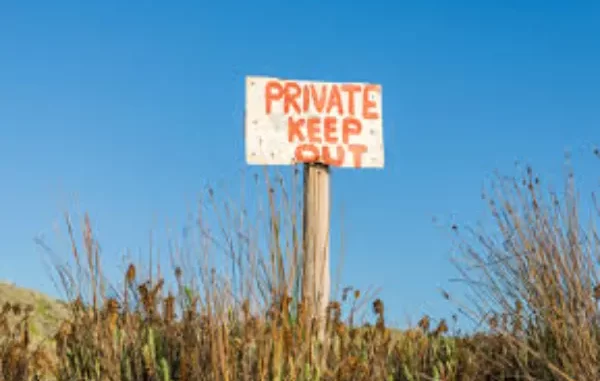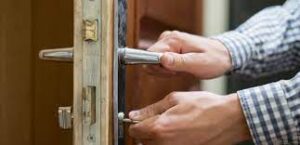
By Matt Pope, Contributing Writer
Dealing with Unauthorized Landlord Entry
One’s home is their sanctuary, a space where privacy and security are paramount. However, what happens when the boundary between tenant and landlord is crossed, and a landlord enters a rental property without permission? In this comprehensive article, we explore the legal and practical steps tenants can take when faced with unauthorized landlord entry, ensuring that both rights and relationships are respected.
Understanding Tenant Rights
Tenants’ rights vary by jurisdiction, but many countries have established laws that protect tenants from unwarranted landlord entry. Generally, landlords are required to provide reasonable notice before entering a rental property, unless there’s an emergency or a specific provision in the lease agreement that grants them access.
1. Know Your Lease Agreement
Before addressing unauthorized entry, familiarize yourself with your lease agreement. It should outline the terms and conditions regarding landlord access. Some agreements might specify notice periods, reasons for entry, and how entry should be requested and granted.
2. Communication is Key

If you discover that your landlord has entered your rental unit without proper notice, initiate a conversation. They might have had a legitimate reason for their action. Miscommunication or misunderstanding could be at play, and addressing the situation calmly and respectfully can lead to resolution.
3. Document the Incident
If unauthorized entry occurs, document the details of the incident. Note the date, time, and circumstances of the entry. If possible, take photos or videos that provide evidence of the situation.
Taking Action if Landlord Enters Without Permission
If communication fails to resolve the issue, tenants have several courses of action to consider:
1. Send a Written Request
Write a formal letter or email to your landlord, outlining the incident and expressing your concerns. Remind them of your right to privacy and request that they respect your boundaries in the future.
2. Know Your Local Laws
Research tenant rights laws specific to your jurisdiction. This knowledge will empower you to assert your rights and take informed action.
3. Contact Authorities
If the unauthorized entry continues or escalates, you might need to involve local housing authorities or tenant organizations. They can provide guidance and intervene on your behalf.
4. Seek Legal Counsel
In extreme cases, consulting an attorney who specializes in tenant rights could be beneficial. They can offer advice and help you understand the legal options available.
Prevention and Communication

Preventing unauthorized entry begins with clear communication. Openly discuss boundaries, expectations, and access permissions with your landlord when signing the lease. Ensure you both have a mutual understanding of when and why entry might occur.
Fostering a Respectful Relationship
Tenant-landlord relationships are best maintained when both parties communicate openly and respect each other’s rights. While tenants deserve privacy, landlords also have responsibilities to maintain and inspect their properties. A balance can be achieved through transparent communication and adherence to legal guidelines.
Conclusion: What can I do if my Landlord Enters Without Permission?
Unauthorized landlord entry is a situation that requires swift and measured action. By knowing your rights, communicating effectively, and taking appropriate steps to address the issue, tenants can assert their privacy and ensure a respectful living environment. Ultimately, fostering an environment of open communication and mutual understanding benefits both parties involved.

Leave a Reply